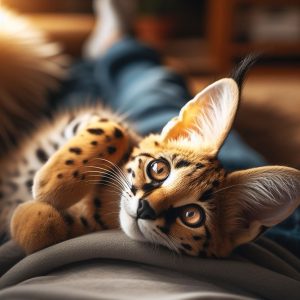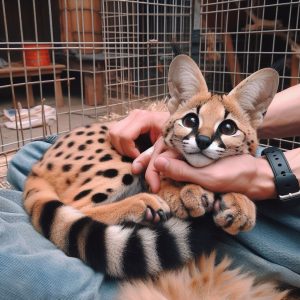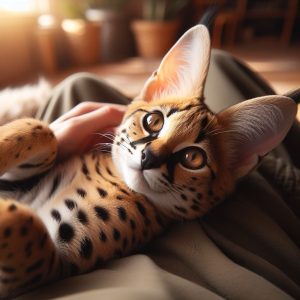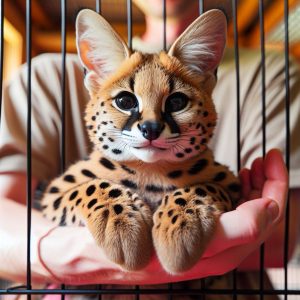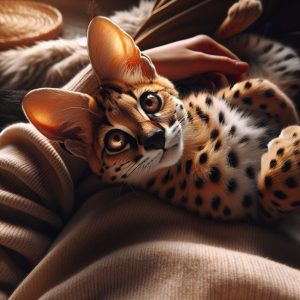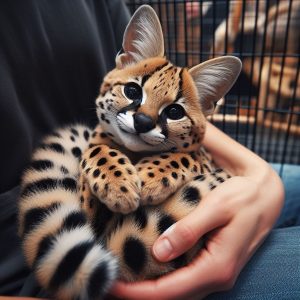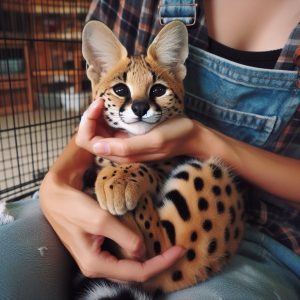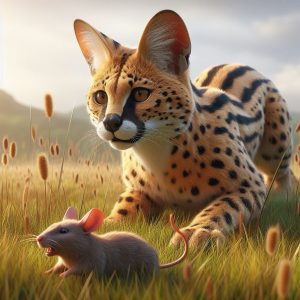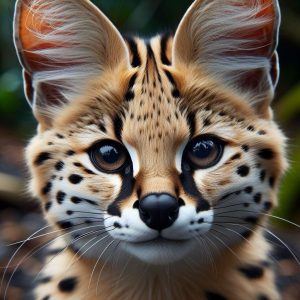The Mesmerizing Gaze: Exploring the Eye Color of the Serval
In the enchanting world of wildlife, few sights are as captivating as the gaze of the serval—a sleek and agile cat known for its striking appearance and keen hunting skills. Among the many features that contribute to the serval’s allure, its eyes stand out as windows to its soul, revealing depths of mystery and wonder. In this article, we embark on a journey to explore the eye color of the serval, uncovering the nuances and significance of this mesmerizing aspect of its anatomy.
Natural Hues:
The eye color of the serval is a subject of fascination and intrigue, as it varies depending on factors such as genetics, age, and individual variation. In general, servals are known to exhibit a range of eye colors, including shades of green, yellow, amber, and brown. These natural hues complement the serval’s distinctive coat and contribute to its unique appearance and character.
Shades of Green and Yellow:
Many servals possess eyes that are shades of green or yellow, ranging from pale chartreuse to vibrant emerald. These hues are often attributed to the presence of pigments in the iris, which interact with light to create a spectrum of colors. Green and yellow eyes are commonly observed in servals with tawny or golden-yellow coats, adding to their exotic charm and allure.
Amber and Brown Tones:
In addition to green and yellow, servals may also exhibit eyes that are shades of amber or brown, reminiscent of the warm hues of autumn. These earthy tones complement the serval’s natural habitat and blend seamlessly with its surroundings, providing effective camouflage and enhancing its ability to stalk prey undetected.
Age and Development:
The eye color of servals may also change over time as they mature from kittens into adults. Young servals typically have blue or grayish eyes at birth, which gradually transition to their adult eye coloration as they grow and develop. This transformation is a natural part of the serval’s life cycle and reflects the maturation of their visual system.
Significance and Symbolism:
The eye color of the serval holds significance beyond its aesthetic appeal, serving as a symbol of the cat’s resilience, adaptability, and connection to its environment. The mesmerizing gaze of the serval reflects its innate curiosity, intelligence, and wild spirit, captivating the hearts and imaginations of all who encounter it.
Conclusion:
In conclusion, the eye color of the serval is a captivating aspect of its anatomy that adds to its allure and mystique. Whether adorned with shades of green, yellow, amber, or brown, the eyes of the serval reflect the essence of this extraordinary cat and its role in the intricate tapestry of the natural world. By appreciating the beauty and significance of the serval’s gaze, we gain a deeper understanding of its place in the ecosystem and the importance of protecting these magnificent creatures for generations to come.
